The Toronto Scottish Regiment (TSR) is a Primary Reserve infantry regiment of the Canadian Army which aimed to develop a new brand identity and expand its reach to enhance recruitment. We advised on strategy and executed the proposed plan as the external project management lead for this initiative. The objective was to modernize and clarify the regiment’s brand, ensuring it accurately represented its heritage, values, and future direction. To achieve this, we began with the following discovery steps that guided the entire project:
► Current state analysis: We organized a workshop and solicited feedback from regiment members and the public to understand their perceptions, expectations, and aspirations for the future brand identity. This information allowed us to identify existing gaps and align internal perspectives with the regiment’s broader objectives.
► Key processes determination: We pinpointed critical areas for improvement, including brand management, design services, marketing, and event planning. Each of these areas required a coherent set of guidelines and standards to ensure that all visual and messaging elements reinforced a uniform brand image.
► Solutions examination: We evaluated several approaches through focus groups and chose those most likely to achieve the desired brand identity that would resonate with Canadians. This evaluation considered the regiment’s heritage, operational context, and engagement goals, ensuring solutions were both authentic and forward-looking.
Challenges
The Toronto Scottish Regiment sought to develop a more recognizable brand identity to better engage members, attract new recruits, and strengthen community ties. To achieve this, the regiment aimed to augment their in-house design capabilities, ensuring the creation of consistent and visually appealing materials. Additionally, improving event planning processes provided opportunities to effectively reinforce the brand’s message.
The following challenges and improvements were identified:
Outdated brand identity:
► Impact: Low engagement, reduced visibility, and difficulty attracting recruits due to unclear communication of mission, values, and purpose.
► Desired state: A modern, unified identity that clearly conveys the regiment’s heritage, values, and mission, thereby boosting engagement and recruitment.
Public awareness and skepticism:
► Impact: A general lack of public awareness and skepticism towards the Primary Reserve and the Canadian Armed Forces (CAF) created barriers to building trust and broader community support.
► Desired state: An informed public that recognizes and values the contributions of the Primary Reserve and the Canadian Armed Forces, strengthening trust, support, and engagement.
Limited design expertise:
► Impact: Insufficient design output resulted in inconsistent visuals and missed opportunities for effective communication.
► Desired state: Robust design capabilities that produce consistent, high-quality visuals to accurately reflect the updated brand identity.
Event planning and execution:
► Impact: Fragmented event planning limited outreach and branding opportunities, weakening overall engagement.
► Desired state: Streamlined event processes that deliver well-organized, impactful events to enhance visibility and community engagement.
The initiative was driven by the desire to align their outward presentation with their rich traditions and readiness, ensuring that every interaction clearly communicated ‘Strong, Proud, Ready’.
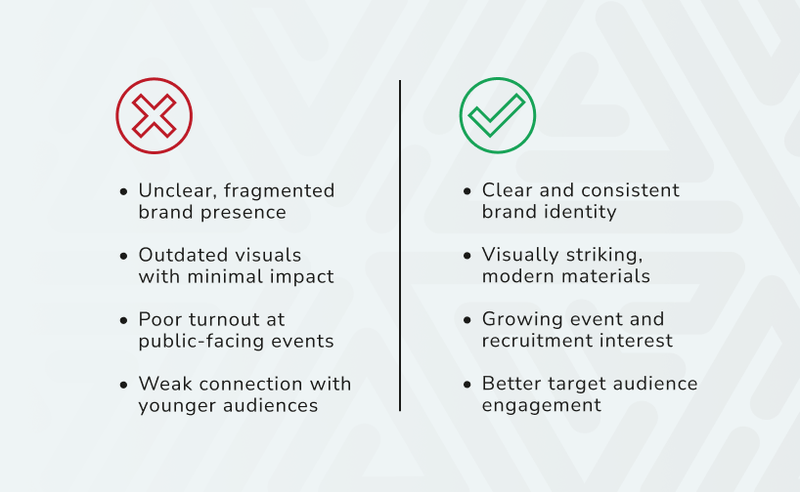
Solution
When we started this project, we conducted several discovery sessions, which culminated during the brand identity development workshop. This workshop was meticulously designed to address critical project aspects, including stakeholder engagement and an in‐depth analysis of the regiment’s core principles, symbolism, culture, and traditions. Our objective was to establish a clear and cohesive brand vision that honoured the regiment’s rich heritage while aligning with modern branding strategies.
We researched approximately 100 regiments abroad, studying diverse approaches to branding and identity in military organizations. This included reviewing the British Army’s brand development insights to understand how heritage and contemporary relevance can be balanced. By synthesizing these global best practices with the Toronto Scottish Regiment’s unique legacy, we ensured that the final brand identity was authentic, distinctive, and effective.
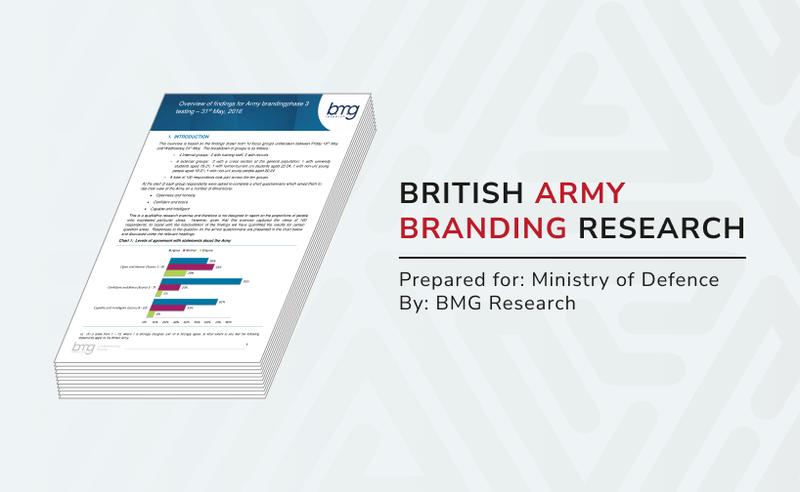
The final concept incorporated the regiment’s core elements - heritage, values, and operational readiness - into a unified visual system. We defined colours, patterns, fonts, and symbols that represented the Toronto Scottish Regiment’s spirit, maintaining a strong link to tradition while projecting modernity and strength. The solution provided a foundation for all brand-related efforts, ensuring that every interaction, piece of content, and event would communicate a clear, consistent message.
Implementation
Implementation involved translating the refined brand concept into concrete deliverables. The following steps guided the transition from strategy to execution.
Stage 1 – Brand Strategy Workshop
Step 1. A targeted focus group survey collected stakeholder perspectives, clarifying archetypes and desired imagery. The discovered archetypes and their detailed definitions with the results were as follows:
► Explorer - Inner freedom and strength to take on hard challenges.
► Citizen - Inclusion and diversity within a global community.
► Guardian - Protection, safety and security for the long-term.
► Hero - Acts of bravery, courage, determination and inner strength.
► Lover - Intimacy, obsession, perfection, devotion and passion..
► Jester - Spontaneous fun, laughter and happiness.
► Sage - Keepers of wisdom, learning and knowledge to enlighten others.
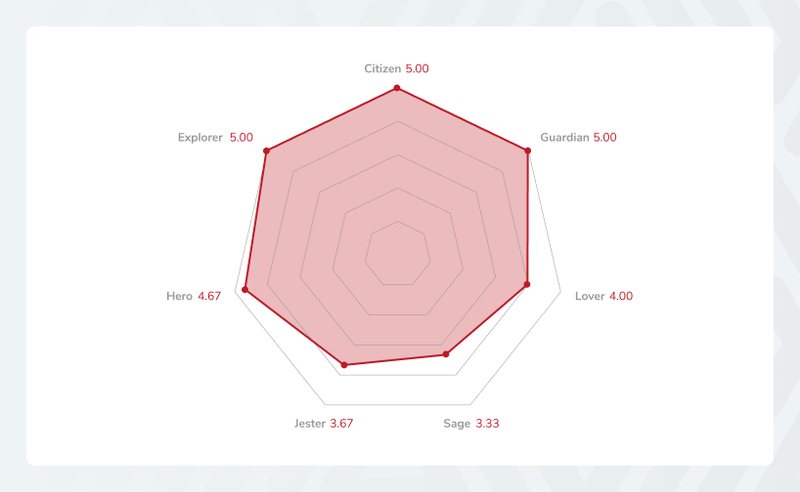
We organized the identified archetypes into Primary, Secondary, and Situational categories to streamline messaging and align with the Toronto Scottish Regiment’s branding objectives.
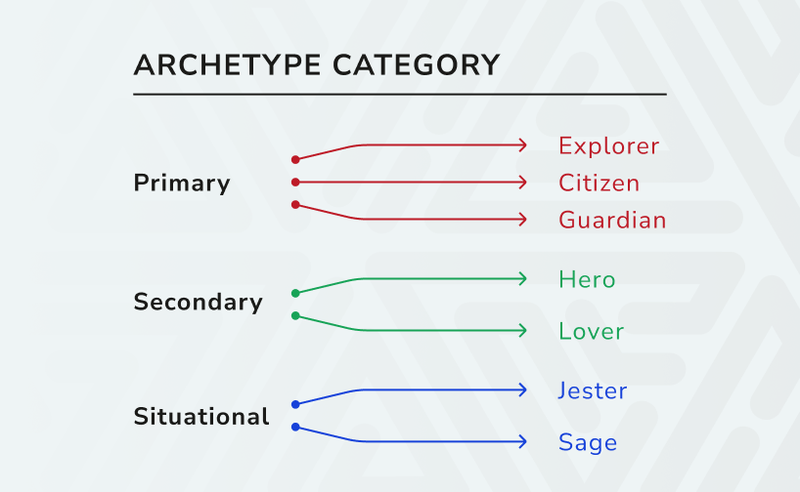
We aligned the identified archetypes with the Toronto Scottish Regiment’s core message of 'Strong. Proud. Ready.' Each archetype was defined as follows.
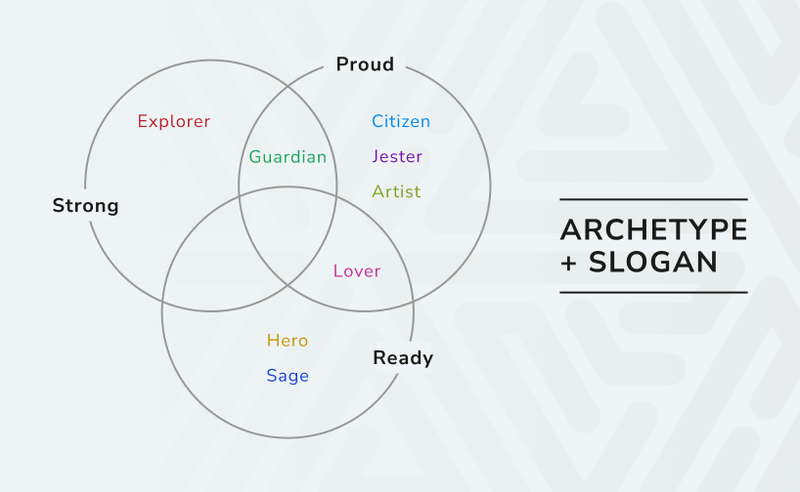
Step 2. A comprehensive brand audit defined current gaps and established a baseline for improvement.
Step 3. Collaborative discussions determined brand identity attributes, audience personas, messaging frameworks, and storytelling guidelines.
The visual identity was built around the colours and patterns found on the Glengarry headdress.
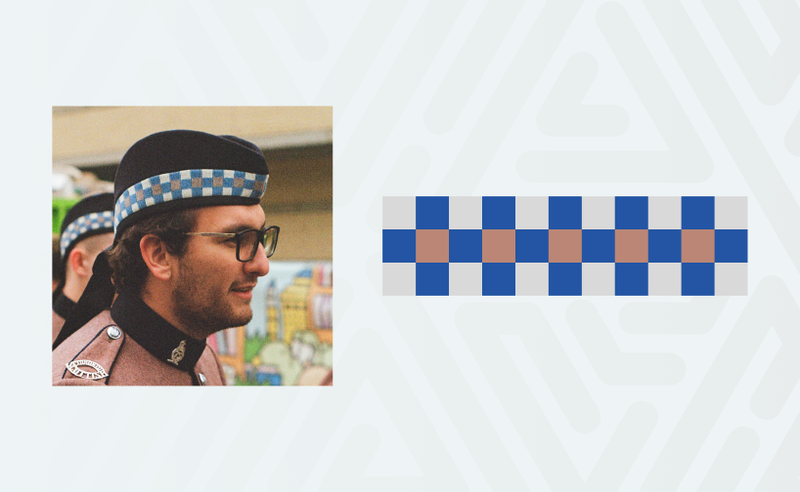
Additional graphic elements were specified as map symbols and marks relevant to the weapon systems. Among those elements were medium recoilless rifle, LMG (light machine gun), GPMG (general-purpose machine gun), HMG (heavy machine gun), infantry unit symbol, TOW (tube-launched, optically-tracked, wireless-guided anti-tank weapon system), target reference point, and the support by fire map symbol.

A simplified X symbol was devised as an additional graphical element, based on the generalized heraldry seen throughout the CAF and especially in Scottish regiments – the cross.
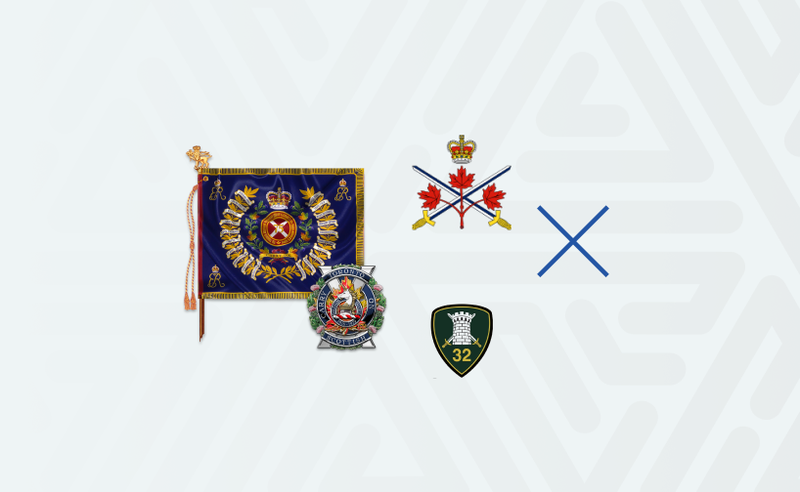
To quote the strategic marketing guidelines of 32 CBG (Canadian Brigade Group) - diversity is a force multiplier for organizations as it varies patterns of thinking and creates operational opportunities in theatres of various demographic profiles. Lord Elcho, the conceptual father of using Hodden Grey for military purposes, famously said:
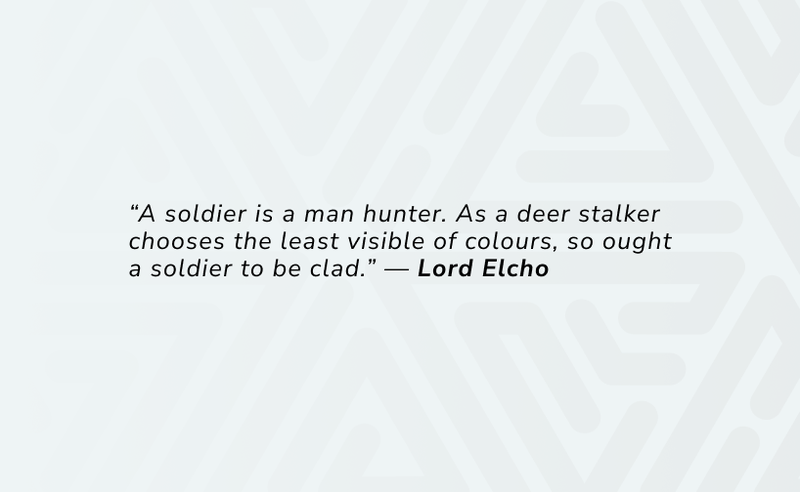
By using Hodden Grey, we highlighted the regiment’s unique lineage (as the only unit that still wears it) and signaled to the public that the Toronto Scottish Regiment is part of their army — one with Canadians.
Hodden Grey, a blend of undyed wool, was originally chosen to reduce clan rivalry by uniting soldiers under a common, neutral colour. Its continued use today symbolizes inclusivity, unity, and strategic diversity — a quiet but powerful reminder that strength comes from smoothing differences.
This simple choice reinforced the regiment’s strategic diversity.
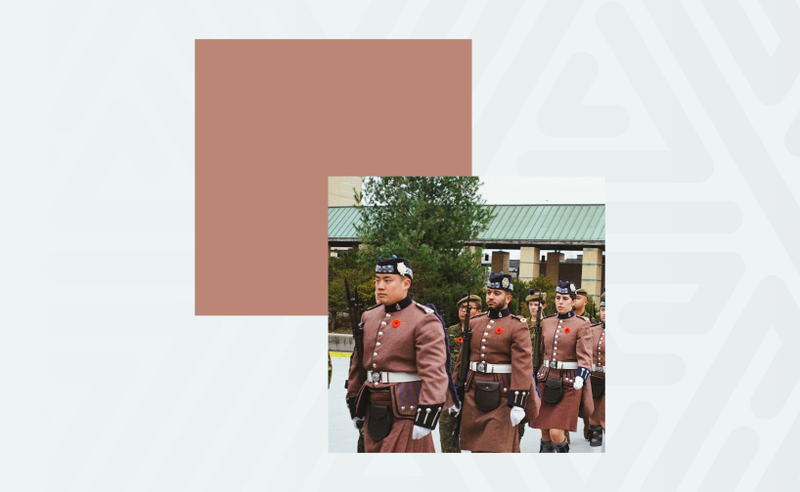
Stage 2 – Brand Identity Development
Step 1. A Project Charter outlined scope, goals, and success criteria.
Step 2. Messaging frameworks established value propositions, defined the tone of voice, and created brand personas to effectively represent the regiment to the public.
Step 3. A Brand Book detailed visual and communication standards, including social media guidelines, graphic templates, and content adjustments.
In our effort to standardize and elevate the Toronto Scottish Regiment’s social media presence, we drew inspiration from the Military Grid Reference System (MGRS). Used by NATO forces, MGRS is a precise geocoordinate system that divides the world into grid squares — from 100 km² down to 1 m² — enabling accurate navigation and coordination in military operations.
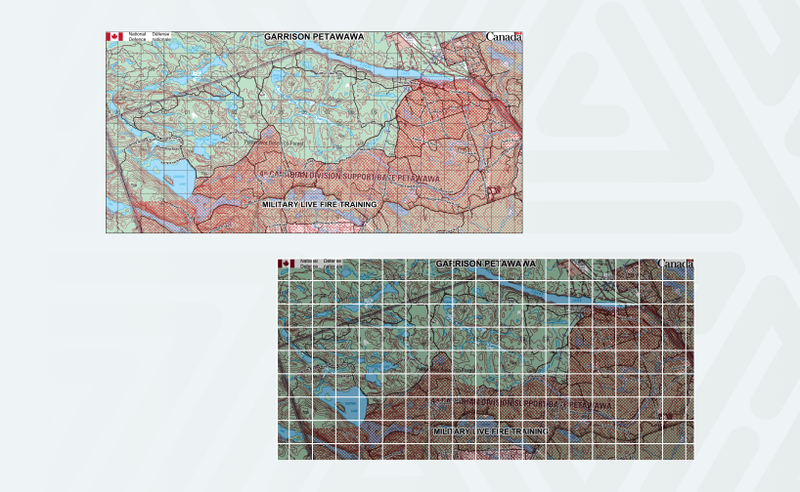
Drawing inspiration from MGRS maps, we created a modular grid framework for the regiment’s social media layouts. This system enables the easy production of consistent and repeatable visual content across all platforms.
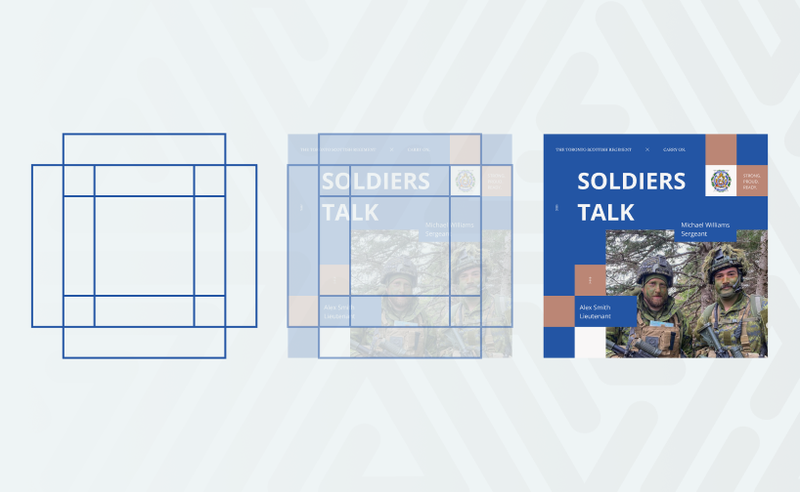
We also introduced a rectangular grid — a right-angled vertical and horizontal framework that can be rotated to build modular layouts for full-screen stories. This adaptable layout maintains visual consistency while allowing creative flexibility across different formats.

Step 4. Implemented KPIs to evaluate effectiveness. We established a series of key performance indicators to measure success across three critical areas:
Engagement KPIs – We monitor engagement by tracking likes, shares, comments, and interactions relative to follower count and reach. Additionally, assess the rate of new follower acquisition and measure post impressions to evaluate visibility and audience growth. These are:
► Engagement Rate
► Followers Growth
► Content Reach
Recruitment KPIs – We track the number of inquiries generated by each campaign, monitor the conversion rates from leads to recruits, and identify the stages where potential recruits disengage from the recruitment process. The KPIs are:
► Net Recruitment Rate
► Conversion Rate
► Application Drop-off Rate
Brand Perception KPIs – We evaluate the sentiment of comments and mentions on social media and other platforms. Monitor the frequency of regiment mentions across various channels and compare these metrics against competitors to assess market presence:
► Sentiment Analysis
► Brand Mention Volume
► Share of Voice
Stage 3 – Event and Marketing Materials Production
We assisted in planning and executing events according to the new brand standards. Event announcement posts were determined to be carousel posts with the same background, without duplicating the logo and the slogan on the following slides.
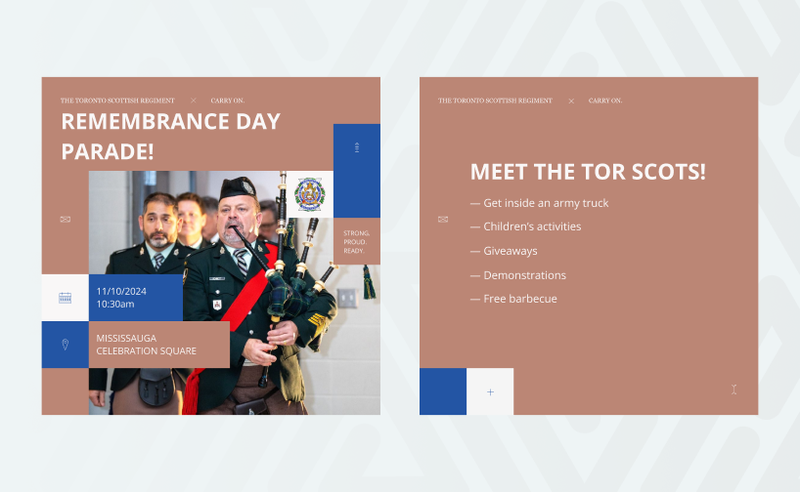
Event posts and stories were determined with the following guidelines: events should be differentiated by colours and/or the use of graphic elements.
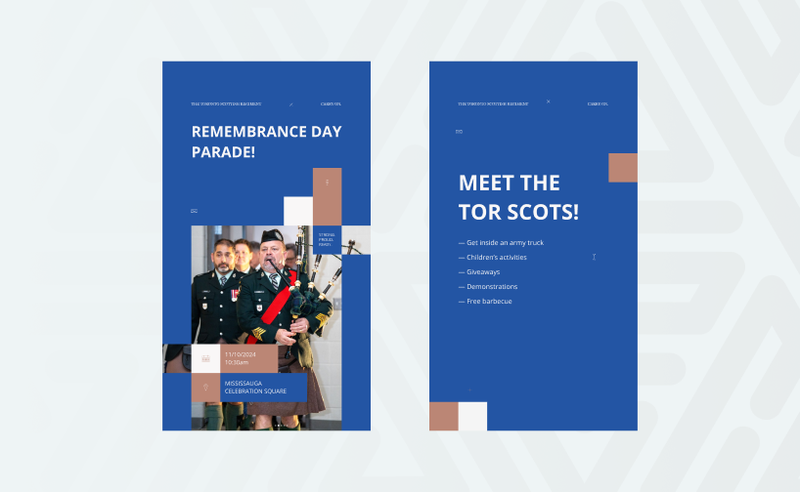
The timeline presented below outlines each phase of the project and demonstrates how we successfully transformed the Toronto Scottish Regiment’s brand identity.
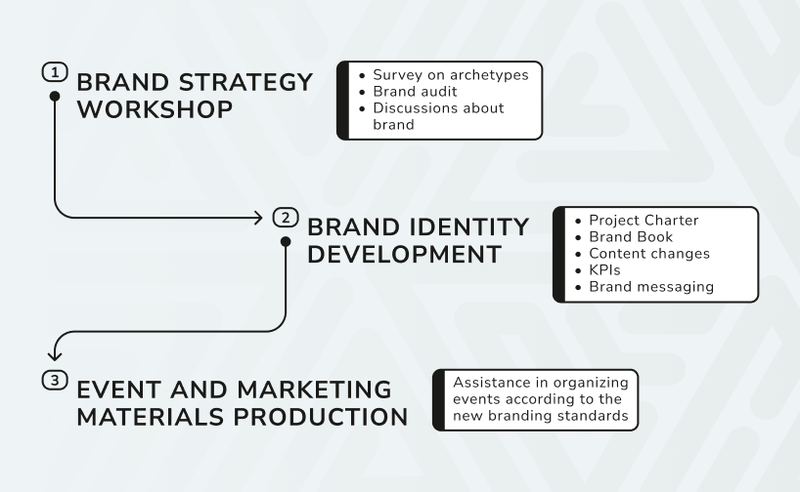
Results
The transformation of the Toronto Scottish Regiment’s brand identity was a resounding success, leading to significant improvements in recruitment, marketing, and community engagement.

► Comprehensive Brand Identity: The regiment now has a unified logo, colour scheme, and typography guidelines, consistently implemented across all communication platforms. The new Brand Book ensures ongoing adherence to these standards, significantly enhancing brand recognition and clarity.
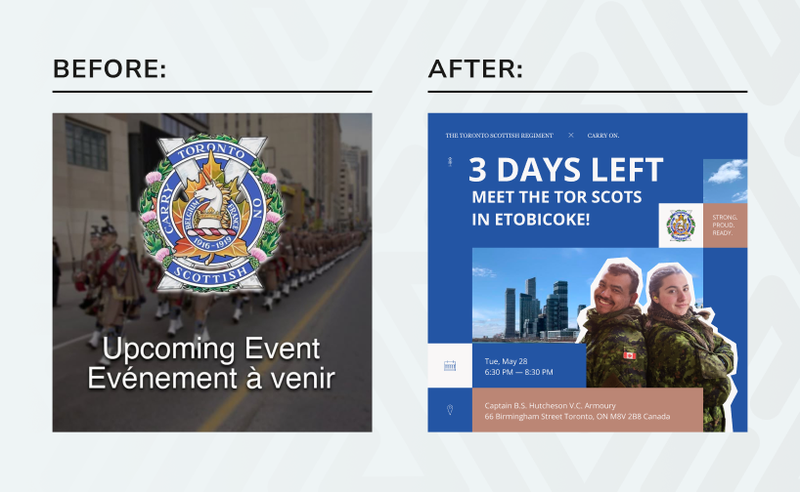
► Key Performance Indicators (KPIs) for Recruitment Metrics: We implemented KPIs to track recruitment success, including the number of new recruits, the retention rate of recruits, and the conversion rate of inquiries to enlistments. Since the rebranding, there has been a noticeable increase in the number of new recruits, indicating the effectiveness of the new brand in attracting potential members.
► KPIs for Marketing Metrics: We introduced KPIs to measure marketing success, such as social media engagement, website traffic, and event attendance. Social content generated more likes, shares, and comments; websites recorded higher visitor volumes. These metrics validated that the new brand was resonating with both internal stakeholders and the broader community.
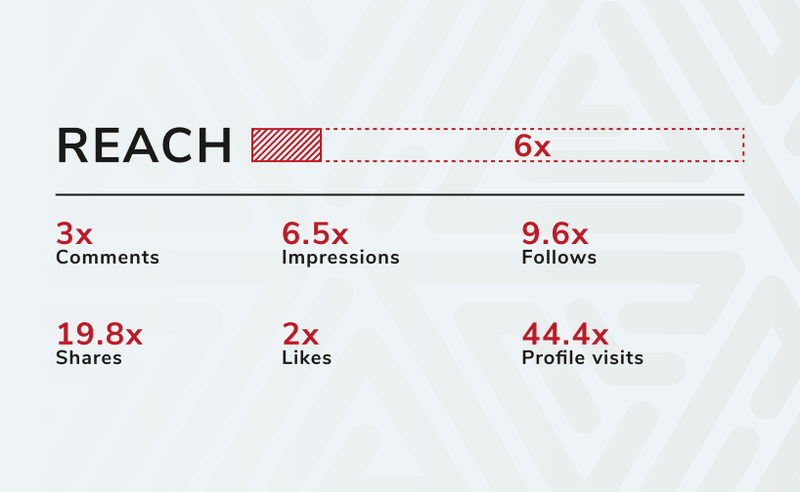
► Successful Event Organization: Applying the branding guidelines to event planning resulted in more coherent, well-executed activities that effectively showcased the new identity. Feedback from attendees and stakeholders confirmed that events felt more meaningful, memorable, and reflective of the regiment’s values and heritage.
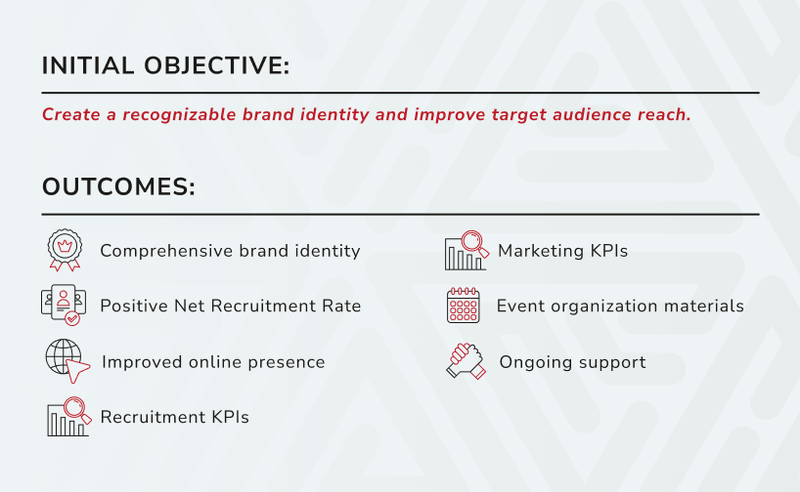
Future Plans
Long-term success relies on consistently following the brand training guidelines we established. We shared these standards with all relevant personnel, ensuring uniform messaging and visuals. We also recommended using marketing KPIs to monitor results and refine strategies as needed.
We remain available to support the regiment through ongoing reviews, adjustments to marketing efforts, and guidance on event planning. By staying adaptable and aligned with the new identity, the regiment can maintain its reputation, engage the community, and keep members motivated and connected.


